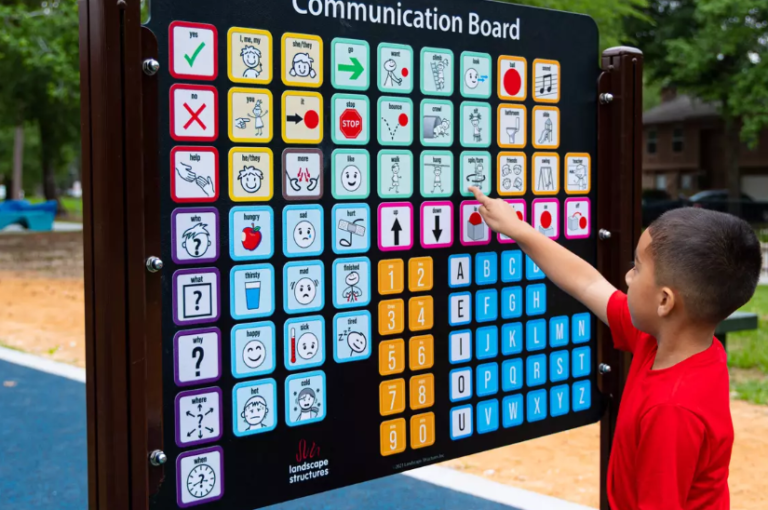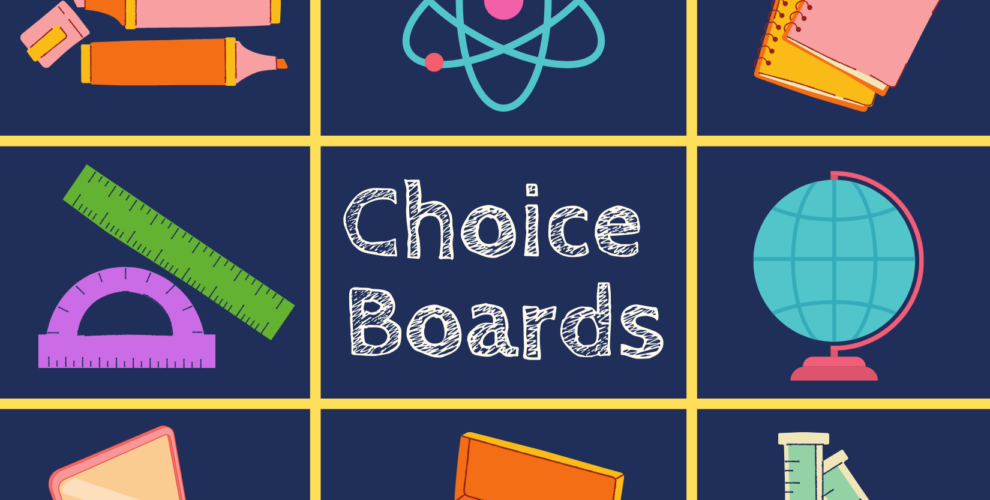Research shows that student choice within education increases engagement and ownership. It is also a factor in increasing student motivation. One effective way for students to have a choice in how they demonstrate their understanding is by using choice boards.
What’s a Choice Board?
A choice board may go by other names, including a learning menu or tic-tac-toe. Essentially, a choice board offers a variety of options for students to show what they know. In most examples there are a variety of learning styles available for students to pick from, with all requiring the same rigorous thinking. Choice boards are also built to allow for differentiation for students.
Thinking Strategies – Consolidate, Communicate, Take Action – Choice Boards and Menus
Choice Board Tips
- Design a choice board where options relate to the same outcome (this will make it easier for you to assess)
- Have a variety of activities that draw on student strengths (e.g. writing, art, technology etc)
- Include some choices that are familiar to students as more creative options may seem overwhelming at first
- Provide exemplars from each category if possible
- Give explicit instruction on each choice and the expectations for it
- Monitor student progress and give feedback throughout
Examples
Grade 8 Language Arts – Novel Study Tic Tac Toe
Grade 7 Social Studies – European Explorers Learning Menu
Grade 7 Math – Percent Choice Board
Grade 5 Science – Wetlands Choice Board
Grade 3 Mathematics – End of Year Choice Board
Learn More
Thinking Strategies: Choice Boards and Menus
The Ultimate Guide to Choice Boards and Learning Menus
How the Heck Do You Grade Choice-Based Learning?
How I Use Choice Boards to Increase Student Engagement
4 Ways to Craft Choice Menus in Distance Learning Classes








